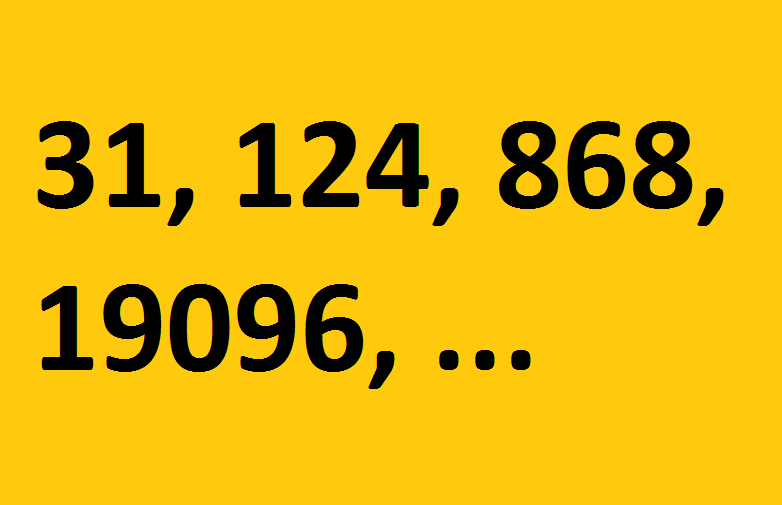What number comes next?
Look at the series (31, 124, 868, 19096, ?), determine the pattern, and find the value of the next number!
Get Me My Drink
On reaching his plane seat a man is surprised to see a parrot strapped in next to him. He asks the stewardess for a coffee where upon the parrot squawks, "And get me a whisky you cow!" The stewardess, flustered, brings back a whisky for the parrot and forgets the coffee.
When this omission is pointed out to her the parrot drains its glass and bawls, "And get me another whisky you bitch". Quite upset, the girl comes back shaking with another whisky but still no coffee.
Unaccustomed to such slackness the man tries the parrot's approach, "I've asked you twice for a coffee, go and get it now or I'll kick your ass".
Next moment both he and the parrot have been wrenched up and thrown out of the emergency exit by two burly stewards. Plunging downwards the parrot turns to him and says, "For someone who can't fly you're a lippy bastard!"

